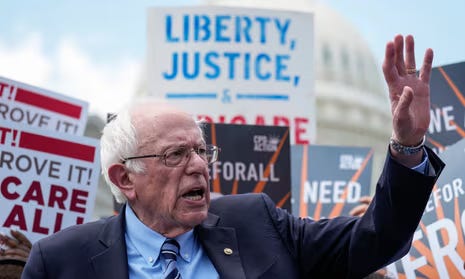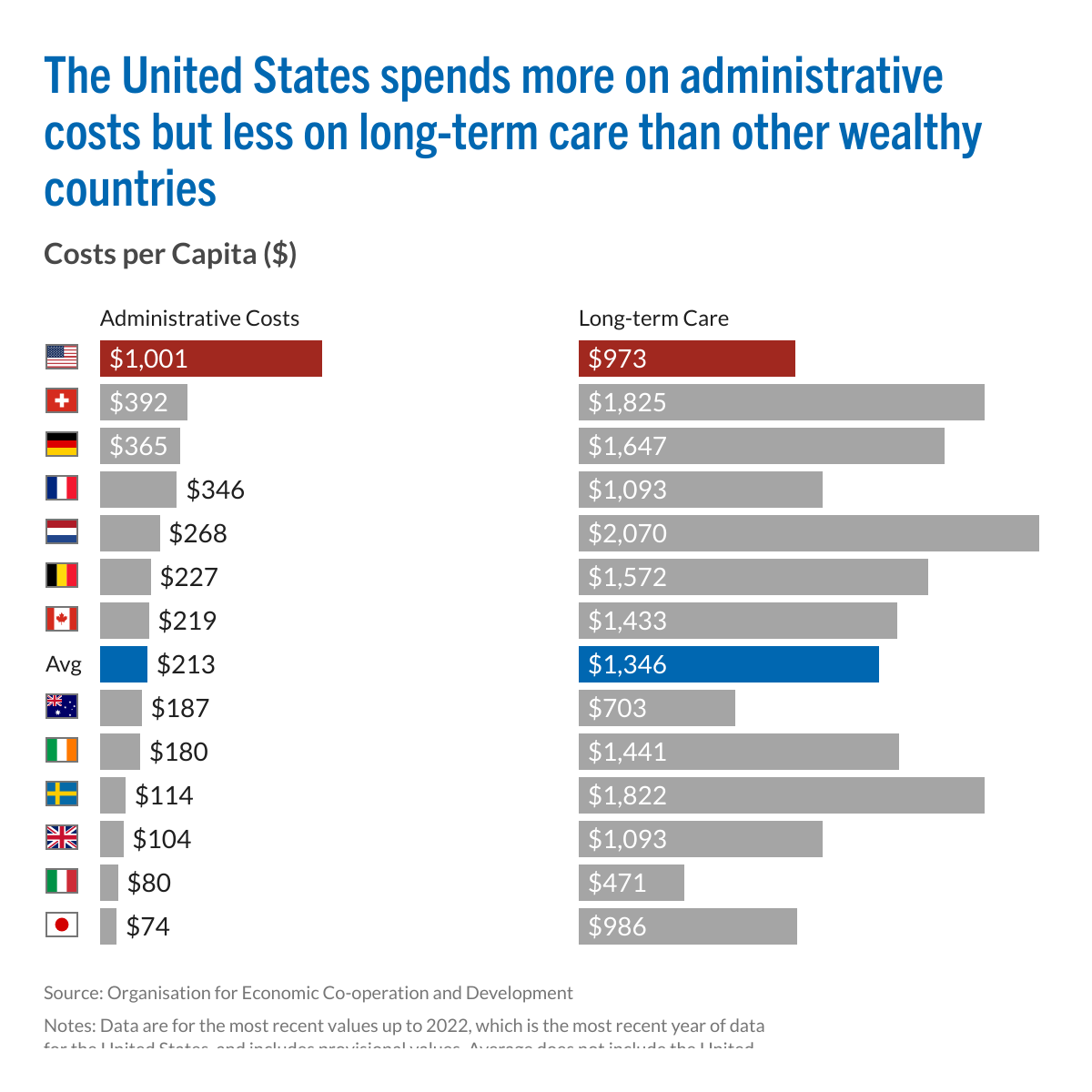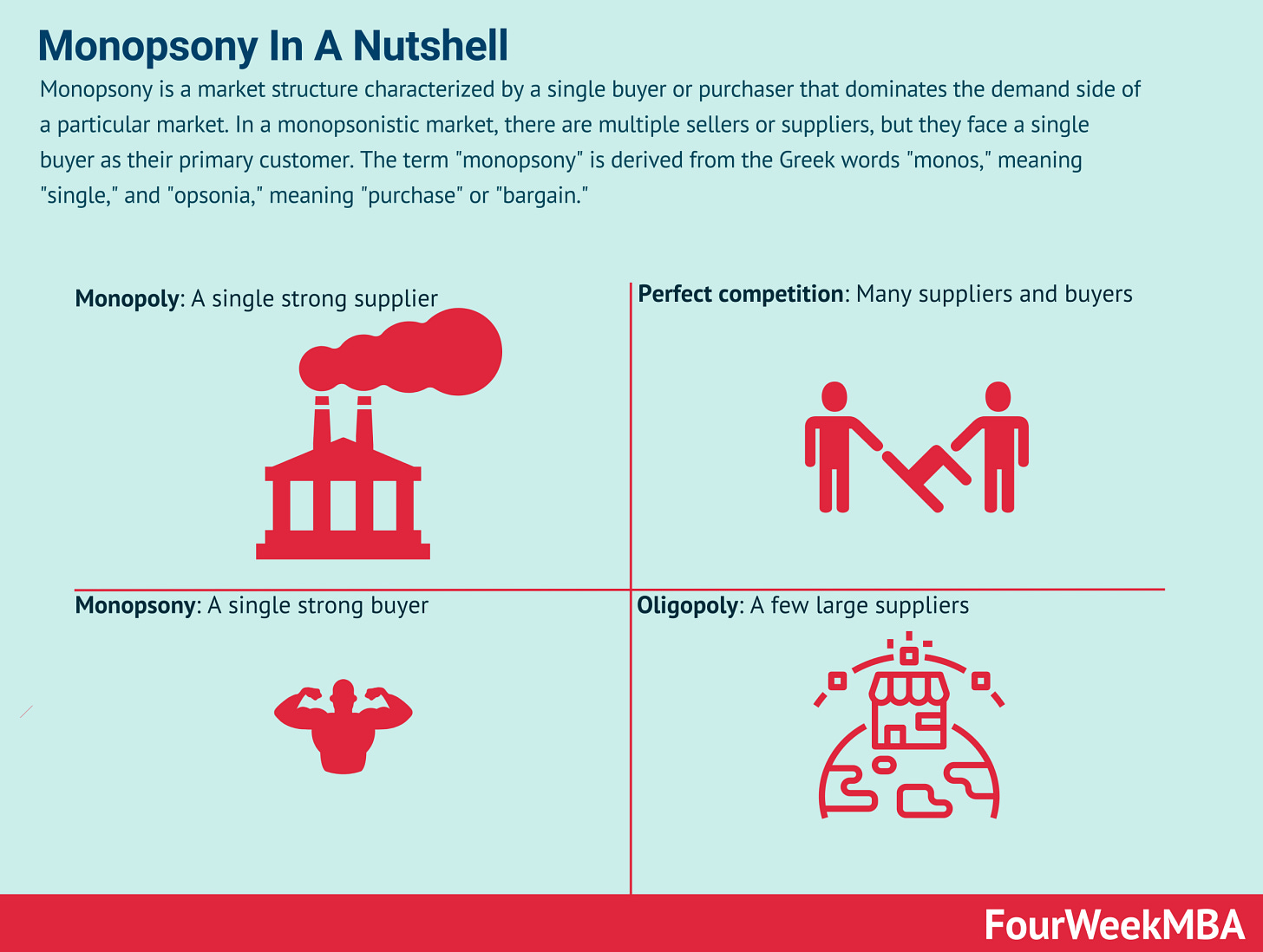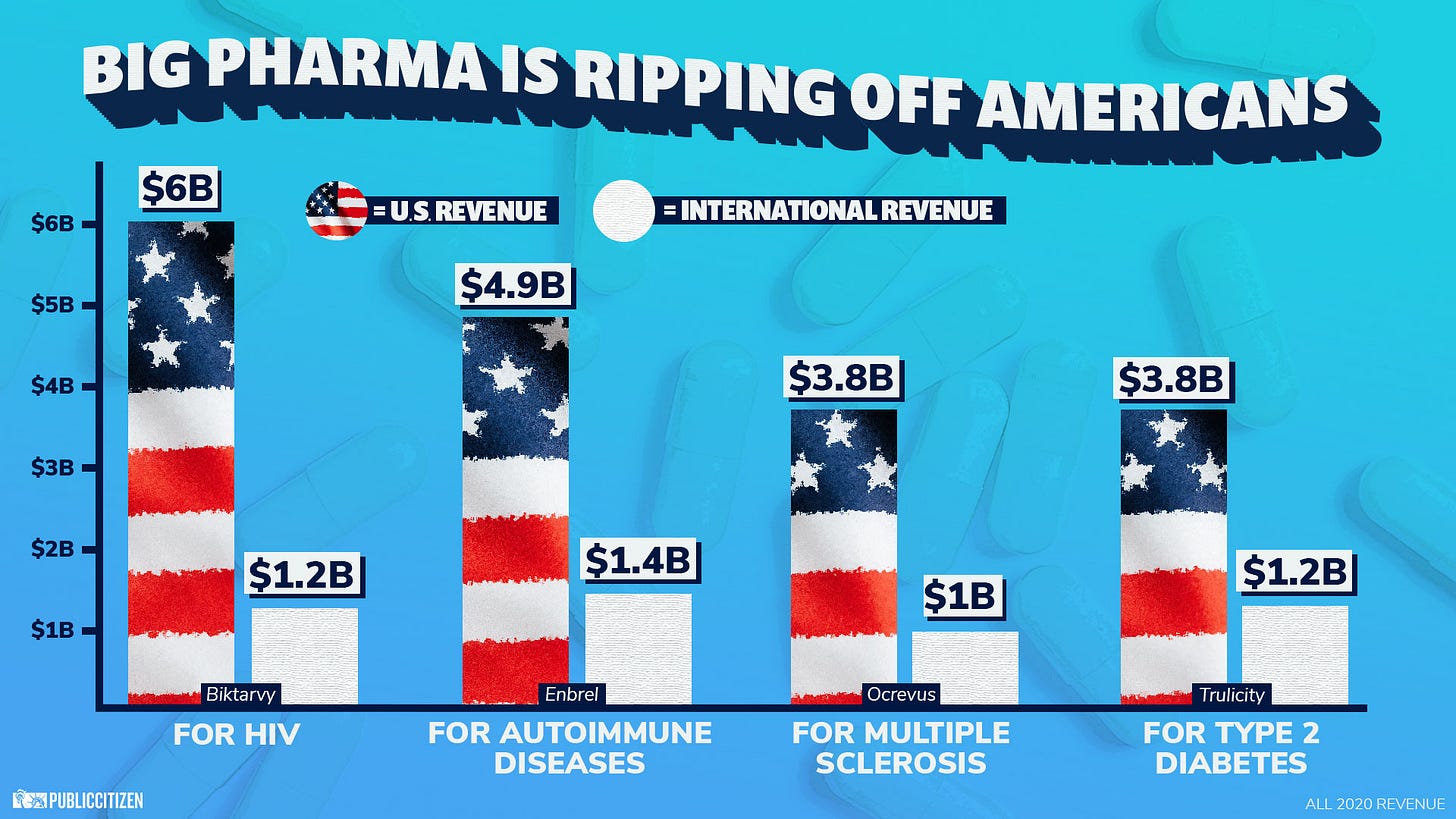Healthcare Is A Human Right.
Its Time For America To Join Every Other Developed Nation And Guarantee Healthcare To All Its People.
The World Health Organization (WHO) has long declared healthcare to be a human right. Globally, 69% of the population has some form of universal healthcare. America is the only developed country in the world to not offer this to it’s people.
Because of this, America pays a uniquely high cost for its health coverage all while delivering substantially less quality results.
Today I want to discuss what drives these costs, and why single-payer universal healthcare is the only true solution.
Administrative Costs
A major driver of the high cost of healthcare in America is the administrative costs. We currently pay upwards of five times more per Capita than the average developed country for our administrative costs.
These expenses are the overhead costs for the insurance industry from providers’ claims for submission, claims reconciliation, and payment processing. This is referred to as billing-and-insurance related costs, or BIR.
Our healthcare system also has administration costs beyond these BIR activities, which include medical record-keeping, hospital management, initiatives that monitor and improve care quality, and programs to combat fraud and abuse.
This overhead cost totals more than what we spend on long-term care, which is drastically less than other countries. A 2010 report by the National Academy of Medicine (NAM) estimated that the United States spends about twice as much as necessary on BIR costs.
In a 2003 article in The New England Journal of Medicine, researchers found that overall administrative costs in 1999 amounted to 31 percent of total health care expenditures, or $294 billion. This amounts to roughly $569 billion today when adjusted for medical care inflation.
A 2017 paper by the same researchers taking healthcare spending from that year found administrative costs to be over $1.1 trillion.
There is a multitude of ways private insurers can boost these costs in ways to attempt and boost their own profits. This includes reports that found challenged claims alone account for around $11-$54 billion in yearly value, leading to private insurers denying Medicaid claims for costly procedures like cancer treatments.
Claims also are at risk of being manipulated to boost profits by recording services they’ve rendered in excruciating detail and exaggerating the severity of the conditions treated, something known as upcoding.
Upcoding has been found to cost Medicare Advantage billions of dollars in their excess expenditures, and in most cases the practice constitutes fraud.
The overhead cost for private insurance is almost 3 times that of the totality of public insurance, with administrative costs being around 2% for Medicare versus 18% for private insurance.
Reports have found that over 50% of our administrative costs are excess, and should be cut. The problem is with the complexity of our insurance system due to the endless amounts of private insurers, this is an impossible task.
The only solution would be to remove the complexities in the amount of payers, in rate regulation, and global budgeting. All of which are addressed in many of the universal healthcare proposals.
A Monopoly For Big Pharma.
This is the biggest reason we see the exact same medicines cost more in America than in other countries. The lack of one centralized price negotiator, or a single-buyer in layman’s terms, takes all the leverage of negotiation away from the providers and gives it to the pharmaceutical companies.
If one provider refuses to pay an increased price for a medicine, the pharmaceutical company still have thousands more providers it can shop that price around to. Unlike in other developed countries, where there is only one. Typically the government.
This not only gives power to the buyer to set the price, as if the seller can’t meet it they don’t have anyone to sell to, but it also incentives the party in power to keep prices low as a political win.
A 2019 paper from the National Bureau of Economic Research (NBER) found that markets with this structure of monopsony do see it reflect in lower medicine costs, but not in lower wages.
We have seen the effects of this through Joe Biden allowing Medicare to negotiate prices on specific medicines, with those having substantially lower costs. The only way to alleviate this problem is to do away with private insurers, and move toward one single-payer system that everyone pays into.
The Profit Motive.
Allowing profit as an incentive into industries that provide services in which are necessities to survive is a recipe for disaster, something we see play out with our healthcare system.
An example of this being abused in with Medicare, where the policies are that doctors pay upfront for some medicines that they administer to patients intravenously in their offices, like with chemotherapy. To recoup the costs, they send Medicare a bill for the cost of the drug and an additional percentage of the cost. This is set by Medicare and meant to help cover their overhead.
This system of billing creates incentive for a doctor to choose higher-priced medicine, even when not necessary or less beneficial. For example, a Medicare rate of 6 percent on a $10,000 drug would pay $600. A steep upgrade from the $6 fee paid for infusing a $100 medication.
The patent system is also gamed a lot more in America, with medicines being delayed for multiple years from having lower-cost versions of them produced. We also know medicine prices in America doesn’t reflect the cost spent on research either.
In multiple countries price controls on medicine is a regular thing. Multiple developed countries like France, the United Kingdom, Germany, and Italy all engage in this practice. As the goal is to deliver these medicines and make them as accessible to the most amount of people, not to profit off them in every way possible.
Removing the profit motive from healthcare would remove the bottom line, which would instantly drop the floor of prices. If companies didn’t need to make say 1000% profit, a $10 medicine could be sold for $10 instead of $110.
A single-payer universal healthcare system where medicines are funded through taxes and the goal is accessibility instead of profit is the only way to ensure the profit motive can be removed from healthcare.
The Only Way Forward.
Estimates have a single-payer healthcare system saving at least 13% of the current national healthcare expenditure, or over $450 billion annually. It could be funded with less financial burden on both employers and households than we currently see with premiums, and would save almost 70,000 lives each year.
This makes single-payer healthcare both more efficient, and better financially. Universal healthcare also still polls with overwhelming majority support of Americans.
Making it a no-brainer, sure-fire answer to the problem.
It’s time we start considering healthcare as the human right it so rightfully should be, as most of the world already does.









I agree Healthcare is a human right.
I love Bernie Sanders.
We do pay more for less quality.
Thanks for the graphs provided. I hope we can get there sooner than later on Universal Healthcare.